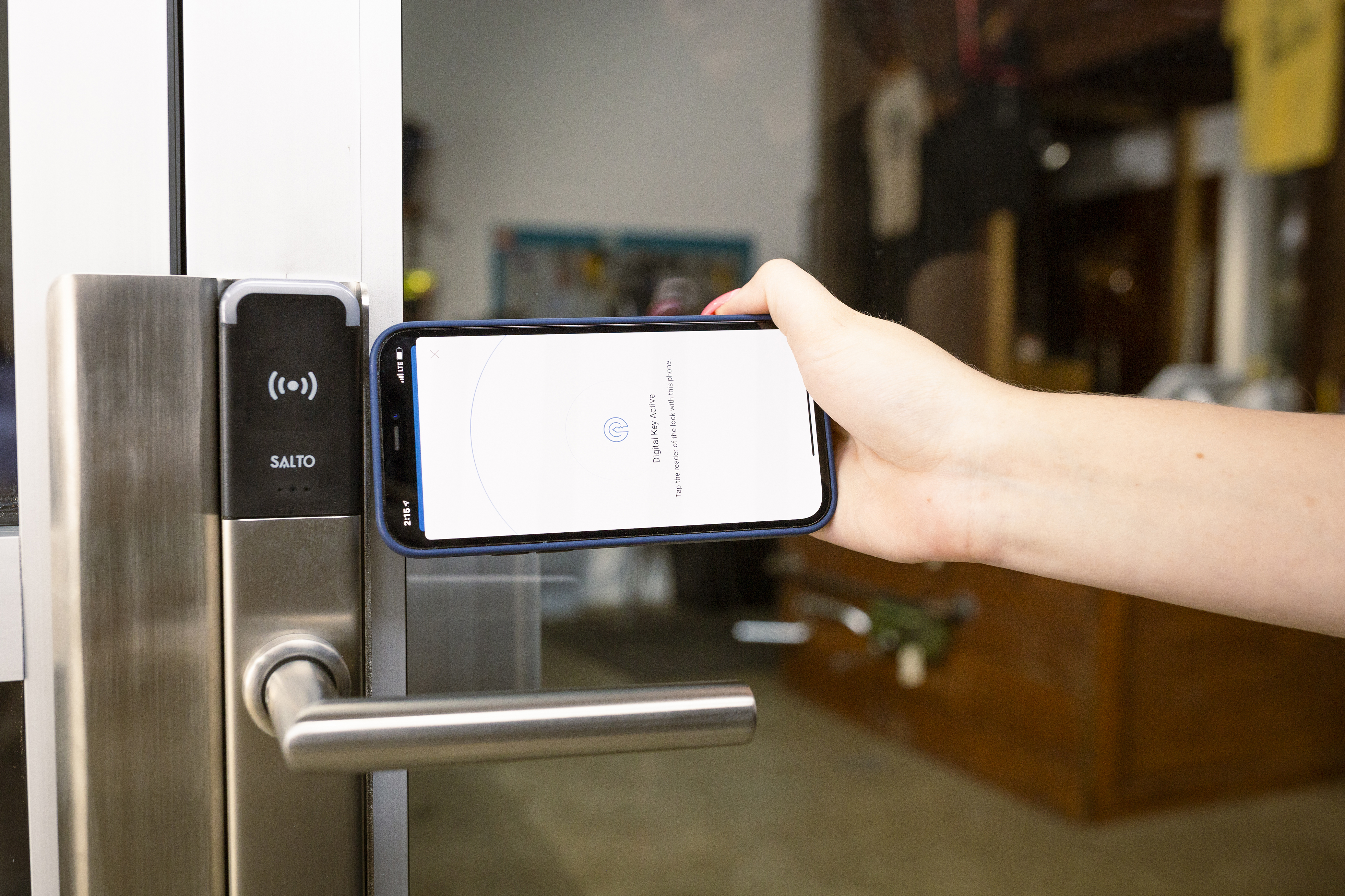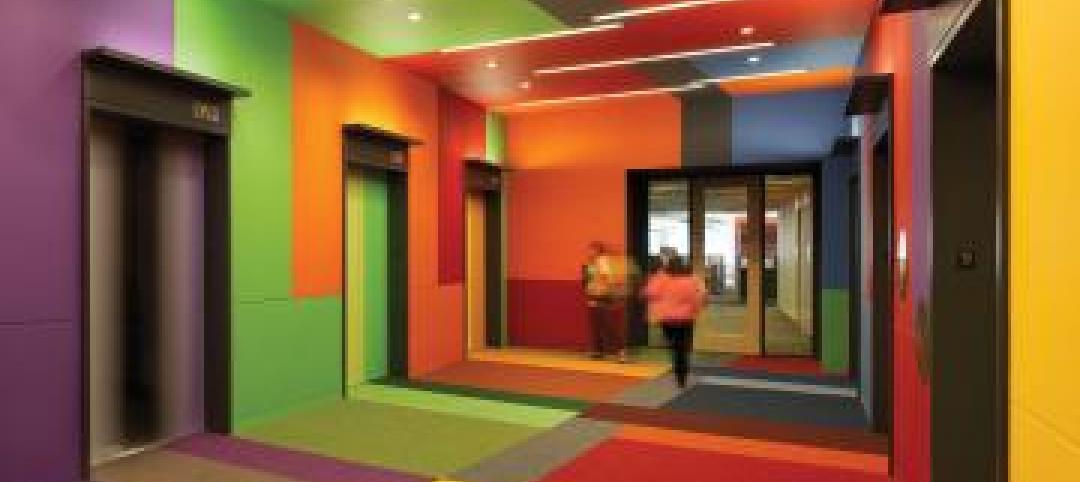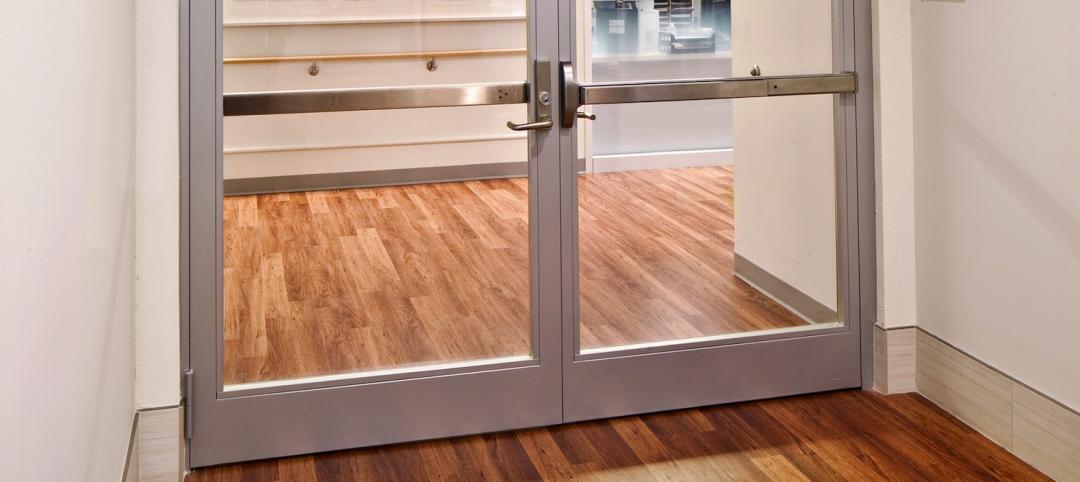Most people have probably heard of software-as-a-service (SaaS) by now, but what about keys-as-a-service (KS)? This new technology is a game-changer for retail businesses.
KS is a cloud-based control system that allows users to manage access to any locked area door, exterior door, cabinet, locker — anything that requires monitored security. This has proven highly useful in retail establishments like restaurants, which can have multiple locations and tend to experience frequent changes in personnel. In these situations, traditional lock-and-key systems can not only be difficult and expensive to manage; issuing and retrieving keys can pose serious security issues.
How KS Works
KS wireless smart locks can be managed by any device with an internet connection, including a computer, tablet or phone. Because the locks can be monitored and controlled via the cloud, a single individual can manage multiple retail locations, tracking who goes where and when. When necessary, the manager can also lock and unlock doors remotely.
Digital keys can be programmed from anywhere in the world, enabling managers to quickly grant or deny access to users for one or more locations. Each user may receive a physical key fob that can be programmed from afar. Salto Systems’ waterproof key fobs, for example, do not need batteries and are instead powered by the door locks themselves. Users may also gain access through their phones, Android wearables, Apple watches and keycards.
If a particular user should no longer have access to any or all locks, that can also be remotely deactivated or reprogrammed by the manager at a moment’s notice. This prevents the need to recover physical keys — or having to rekey doors if that proves to be impossible.
 Beyond Security
Beyond Security
“Wireless access control systems offer a variety of advantages in addition to security,” notes John Wright, Salto Systems Retail & Fitness Industry Business Leader. For example, there are definite financial benefits to KS implementation. Among these, Wright cites scalability, efficiency, ease of integration and reduced maintenance.
He explains, “I helped a well-known chain of restaurants implement a wireless control system to streamline delivery of wholesale food supplies. We gave their supplier partners the ability to gain controlled entry to the business in off-hours, which was a win-win for everyone.”
By enabling the restaurant to flexibly control deliveries for fresh ingredients at the most convenient and cost-effective times, “final mile” delivery costs — the last phase of the logistics process which can be the most difficult and expensive of all — were reduced. (Part of the extra cost of that last leg of the process is usually passed on to the restaurant.) This also allowed suppliers to make their deliveries without having to carefully coordinate with restaurant staff, saving everyone time and money.
Security was not an issue. Wright says, “Our system allowed the restaurant to generate mobile credentials for each supplier. These could be used during specified delivery windows, ensuring suppliers could access the restaurant’s storage facilities in off hours, while the restaurant’s management had a full audit trail of who entered the premises and when the delivery was completed.”
Ease of Use
While ideal for new retail construction, KS technology also can be easily implemented during renovation projects. The process of moving from traditional locks to keys-as-a-service in existing retail spaces is designed to minimize disruption to daily operations. Wright explains, “Switching to a Salto wireless access control system from traditional door locks involves an initial consultation, design, installation and a system setup, and then training.” For existing small- to medium-sized retail spaces, this entire transition can be completed in a just a few weeks.
That’s because Salto’s approach is designed to bypass the expensive and time-consuming infrastructure most access control systems require, he adds. The locks themselves can be installed on either interior or exterior doors and do not need servers, software installation or wiring to function because they are battery-operated and managed entirely in the cloud.
The company’s success stories extend to every sector of the retail industry, providing versatile solutions designed for all types of buildings and facilities, and securing virtually any conceivable door, opening or access point. “The flexibility and scalability of the system make it suitable for retail properties of all sizes, from a single store to a network of hundreds of global locations,” notes Wright.
Related Stories
| Jan 9, 2014
Special report: Can design prevent another Sandy Hook?
Our experts say no, but it could save lives. In this report, they offer recommendations on security design you can bring to your K-12 clients to prevent, or at least mitigate, a Sandy Hook on their turf.
| Dec 5, 2013
Exclusive BD+C survey shows reaction to Sandy Hook tragedy
More than 60% of AEC professionals surveyed by BD+C said their firms experienced heightened interest in security measures from school districts they worked with.
| Nov 25, 2013
Manufacturers race to offer EPDs, HPDs in response to LEED v4
Under LEED v4, projects are awarded points for using at least 20 building products that have issued Environmental Product Declarations or Health Product Declarations. In response, manufacturers are racing to offer EPDs and HPDs for their product lines.
| Sep 9, 2013
Top 25 continuing education courses on BDCuniversity
An overview of the 25 most popular continuing education courses on BDCuniversity.com.
| Jul 23, 2013
Clearly Protective: Glazing for Life Safety at Seidman Cancer Center
Design team turns to fire-rated glazing for interior doors to give access to natural light, patient privacy and clear wayfinding throughout the building.
| May 6, 2013
SAFTI FIRST announces 3D Autodesk Revit models for fire rated wall, window, and door systems
SAFTI FIRST, leading USA-manufacturer of fire rated glass and faming systems, is proud to announce that Autodesk Revit models are now available for its fire rated walls, window and door systems via www.safti.com and Autodesk Seek.
| Apr 30, 2013
Tips for designing with fire rated glass - AIA/CES course
Kate Steel of Steel Consulting Services offers tips and advice for choosing the correct code-compliant glazing product for every fire-rated application. This BD+C University class is worth 1.0 AIA LU/HSW.
| Oct 1, 2012
Tyco completes separation process, now largest pure-play fire protection and security business
Tyco Integrated Security focused on delivering security solutions to commercial businesses.
| Jun 1, 2012
New BD+C University Course on Insulated Metal Panels available
By completing this course, you earn 1.0 HSW/SD AIA Learning Units.
















